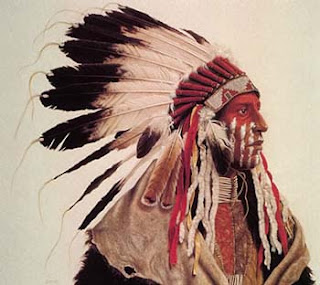Perfect curves, hips that swing just the right way, “soft skin, red lips, so kissable” to quote Katy Perry; sound familiar? That’s because this is the male ideal of a desirable woman. I decided to Google image search “paintings of women” just to see what it would come up with. All the seemed very gentle, weak, and all of the colors were smooth and soft. It was as if all these women were made of painted snow. For centuries, men have depicted women in this way. In fact, in a study done by the Guerrilla Girls in 2005, 83% of nudes in the Metropolitan Museum of Art in New York were of women. But what makes less sense is that only 3% of the artists were women themselves. Who decided that only the male perspective of the ideal woman was valid? Whoever this person is, Disney owes much gratitude to them; they’ve made a huge profit on this idealistic body.
For the longest time, the company has made movies starring princesses. They range from Snow White to The Little Mermaid. But although the outfits and culture of these girls will change from film to film, and era to era, one factor remains that holds them together. If one were to take an image of each of these princesses, lay them on top of one another, and hold them to the light, they would find that they all have the exact same figures. Triple zero waists, 36-25-38 measurements, every figure just the same. But once again, these figures were all designed from a male ideal of a woman’s body.
Now, just because these Disney princesses are portrayed in this manner as damsels in distress as well, doesn’t mean that everyone sees the Grimm brother’s Characters in such a way. Take Jeffery Thomas for example. He did a group of works which he entitled “Twisted Princesses”. Although the goal was to make the famous Disney girls look creepy, some of them seem to have lost the element of feminine weakness entirely; keeping the over exaggerated and verging on sexist curves, but displaying that they can keep their femininity while still displaying an almost Amazonian power.
Finally, take now the same basic element of a woman and place it in the hand of an artist who is a woman herself. The result may be something like Jenny Saville’s works. Jenny Saville is a feminist artist who paints nudes of heavyset women; some of which are against glass. These women may not be in the male ideal, but who says they aren’t just as beautiful?
Some might say that the Disney description is feminist art because it depicts the standards that women feel they need to meet, while others might say it’s just plain sexist and that Jenny Saville’s depictions are more feministic as they depict women whose bodies do not conform to the ideal. No matter how you look at it, curves will always play a major role in depicting women in art, and that is why it is an element of feminism.



























